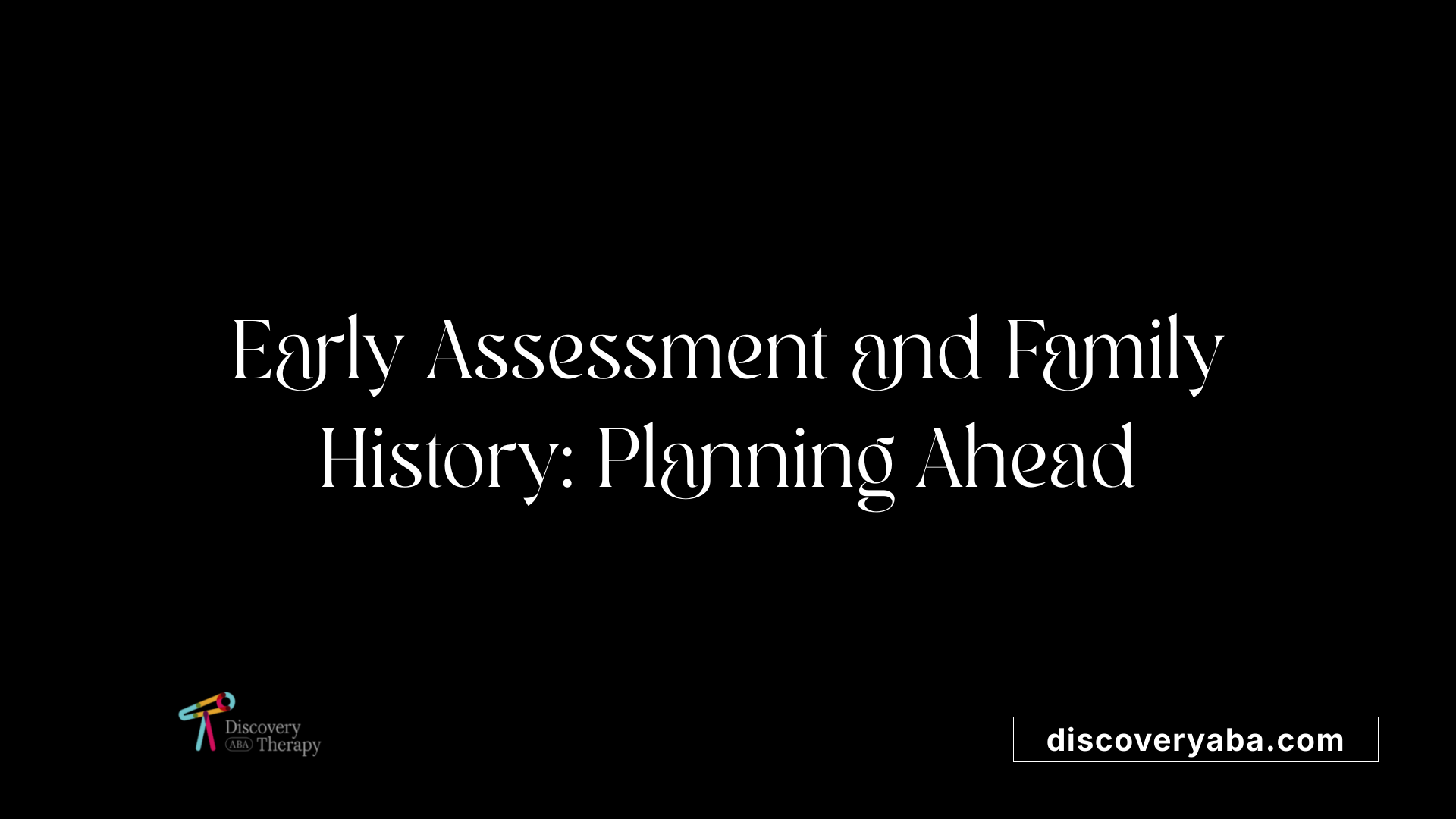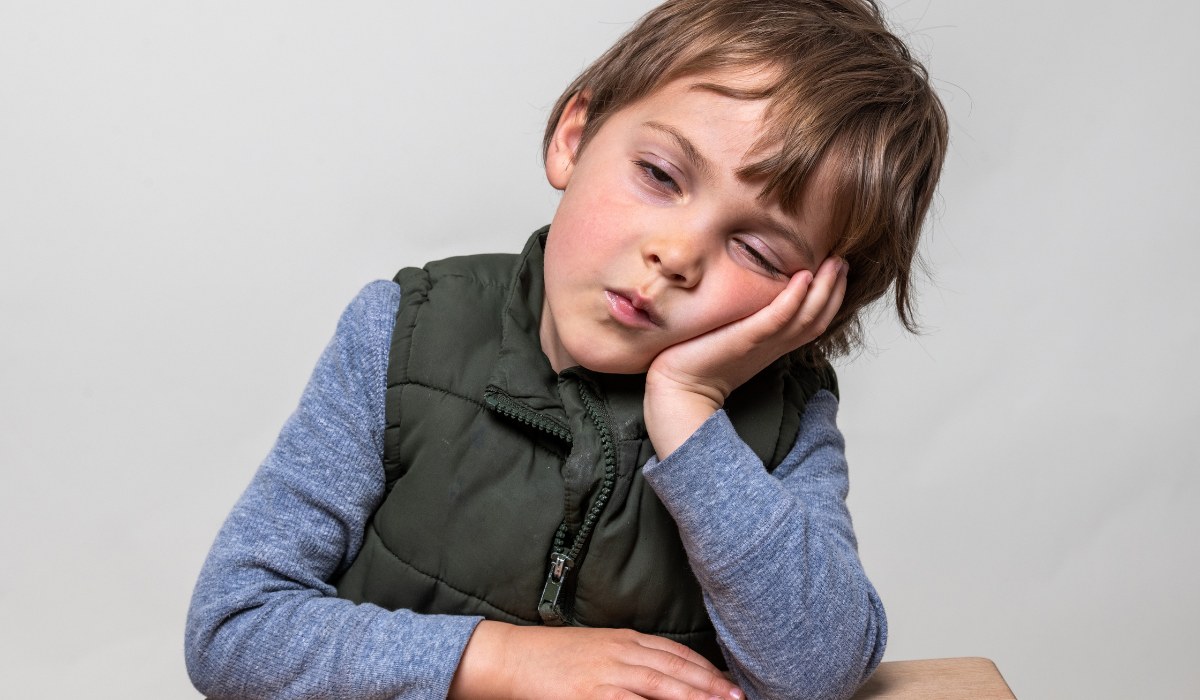Odds of Second Child Also Being Autistic
Understanding the Genetic and Environmental Factors in Autism Recurrence

Exploring the Risks for Second Children in Families with Autism
The likelihood of a second child being diagnosed with autism when an older sibling has been diagnosed has been the focus of extensive research. While genetic predispositions play a significant role, environmental factors and familial history further influence this risk. This article delves into the latest findings and statistical data to provide a comprehensive understanding of the odds of autism reoccurring within families.
Recurrence Rates of Autism in Siblings

What are the recurrence rates of autism in families with an autistic sibling?
Research indicates that approximately 20.2% of siblings of children with autism are also diagnosed with ASD. This data comes from a large, diverse study involving 1,605 families across North America and the UK. The rate aligns closely with earlier findings from 2011, which reported an 18.7% recurrence rate.
In multiplex families—those with more than one autistic child—recurrence can reach up to 37%. The chance of a sibling being autistic is higher if the first affected child is a girl, with estimates around 35%, compared to lower rates for siblings of male children. Factors such as race, maternal education, and socio-economic status also influence the likelihood, often increasing the risk in non-white families and those with less maternal education.
What is the statistical likelihood of a second child being autistic given an autistic sibling?
The probability that a second child will also have autism in families with an affected sibling is about 20%. When multiple siblings are affected, the risk climbs further, reaching as high as 37%. These figures showcase the strong genetic component of autism.
Compared to the general population risk of about 1.7%—which corresponds roughly to 1-2%—these familial recurrence rates are approximately seven to ten times higher, emphasizing the importance of genetic factors.
How does pregnancy spacing impact autism risk in second children?
Birth spacing plays a critical role in autism risk. Studies reveal that very short interpregnancy intervals—less than 12 months—are linked to more than a threefold increase in the odds of ASD. Conversely, the lowest risk occurs when the interval between pregnancies is around 30 to 39 months.
Specifically, conceiving within three months of a previous birth increases the child's autism risk by about 50%. Conversely, waiting five years or more for subsequent pregnancies is associated with a 24% higher risk compared to optimal spacing. Improving birth timing and spacing could potentially prevent 5-9% of autism cases, highlighting the importance of planning.
Are environmental or parental factors associated with autism recurrence risk?
Multiple environmental and parental factors influence autism recurrence risks. Advanced paternal age has been linked to increased de novo mutations, which may contribute to autism. Maternal health issues—such as metabolic abnormalities, nutritional deficiencies, or infections—during pregnancy can also elevate the risk.
Environmental exposures, including air pollution, pesticides, and heavy metals, may damage DNA and interfere with neurodevelopment. Maternal-fetal incompatibility and birth complications further modulate risk levels.
These factors do not act in isolation but interact with genetic predispositions, underlining a complex, multifactorial etiology.
What is known about autism risk assessment for siblings?
Risk assessment involves a combination of family history, genetic testing, and early screening. Siblings of autistic children face about a 20% chance of being diagnosed—significantly above the 1.7% in the general population.
The sex of the affected sibling matters; for example, if the first affected child is female, the chance of recurrence can increase by 50%. Genetic testing can identify mutations in roughly 15% of cases, aiding in tailored counseling.
Early behavioral and neurodevelopmental screening is essential for timely intervention, which can greatly improve outcomes.
What are the genetic and familial factors influencing autism risk in a second child?
Genetics are central in autism risk. Heritability estimates range from 50-90%, highlighting the strength of genetic influence.
If a sibling is affected, recurrence rates can reach 37%. Family studies estimate this risk to be six to seven times higher than in children without affected siblings. Factors include inherited mutations, especially those from paternal lineages, and the presence of multiple affected children in the family.
Environmental factors and socioeconomic issues like maternal education also play a modifying role, but genetics remain the dominant influence.
How does family history influence the probability of autism in subsequent children?
Family history is a powerful indicator of risk. For children with an older autistic sibling, the likelihood of being diagnosed doubles or triples compared to those without such a history.
If a parent has autism, the risk for subsequent children increases further, with some estimates up to 16-fold. This underscores the importance of familial pattern recognition and genetic counseling in risk assessment.
In conclusion, the recurrence of autism among siblings is influenced by a complex interplay of genetic predispositions, environmental factors, birth timing, and family demographics. While a significant proportion of siblings—about 20%—may be affected, most children with autism do not have autistic siblings, and risk can be mitigated with early screening and planning.
Summary and Future Directions in Autism Risk Management
The recurrence of autism in siblings is primarily driven by genetic factors, with an estimated 20% risk in families with an affected child. Environmental influences, parental age, and birth spacing further modulate this risk. While genetics provide a substantial baseline, early detection and intervention, combined with family planning strategies such as optimal pregnancy spacing and maternal health optimization, can help mitigate some risks. Continued research into gene-environment interactions promises to refine risk assessments and develop preventive strategies, ultimately improving outcomes for at-risk children and guiding families and healthcare providers in making informed decisions.
References
- Large study confirms: Siblings of autistic children have 20% chance ...
- How likely is it that I could have another child with autism?
- Does Autism Run in Families? - Cleveland Clinic Health Essentials
- Maternal metabolic profile predicts high or low risk of an autism ...
- Pregnancy spacing may affect odds of ASD - Autism Research Institute
- Maternal factors, birth order up autism risk | The Transmitter
- What are the odds of having a second child with Autism Spectrum ...
- What Are My Chances of Having Another Child with Autism?
Does Your Child Have An Autism Diagnosis?
Learn More About How ABA Therapy Can Help
Find More Articles
Contact us
North Carolina, Nevada, Utah, Virginia
New Hampshire, Maine
Arizona, Colorado, Georgia, New Mexico, Oklahoma, Texas
.avif)




































































































